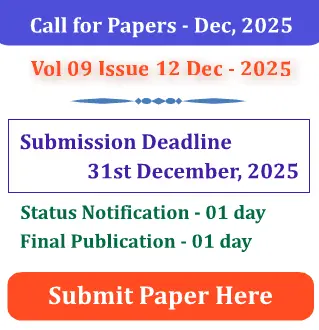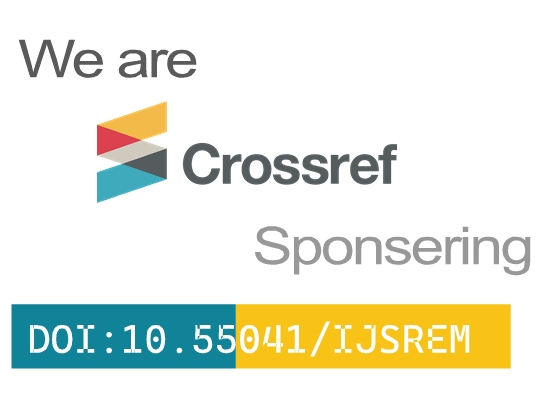Modified Sewing Machine for Disabled People - An IOT and Arduino-Based Approach: Review
1Mr. Amol More, 2 Dr.Pramod Musrif, 3Mr. Srinvas Arlikar
1st Assistant Professor, Mechanical Engineering, AISSMS’s Institute of Information Technology, Pune, Maharashtra, India
2nd Associate Professor, Applied Sciences & Engineering, AISSMS’s Institute of Information Technology, Pune, Maharashtra, India
3rd Assistant Professor, Applied Sciences & Engineering, AISSMS’s Institute of Information Technology, Pune, Maharashtra, India
Corresponding Author Email : amolmorecoep@gmail.com
Abstract: Locomotor disabilities significantly limit access to industrial employment, especially in sectors reliant on foot-operated machinery such as textile manufacturing. Traditional sewing machines, which require continuous lower limb movement, pose a major barrier to individuals with such impairments. This study presents an inclusive, Arduino-based solution that replaces foot pedal operation with hand-controlled and sensor-driven mechanisms. Two assistive systems were developed: one using electromechanical load cell sensors integrated with clutch and servo motors, and another employing dual infrared (IR) sensors for fabric detection and automated actuation. Comparative analysis revealed that the servo motor configuration offered greater versatility and ease of use. Additionally, a reverse lever actuator was designed to enable autonomous back-tack operations. Performance metrics—including sewing cycle time, energy efficiency, and operator comfort—were evaluated through experimental trials and ANOVA statistical analysis. Results confirmed that trained disabled operators could match the productivity of conventional users. The modified system demonstrated reliable, safe, and ergonomic operation, empowering locomotor-disabled individuals with technical independence and opening pathways to employment and economic inclusion in the garment industry.
Keywords : Assistive Technology, Industrial Automation, Arduino, IoT, Sewing Machine, Textile Industry, Disability Inclusion







